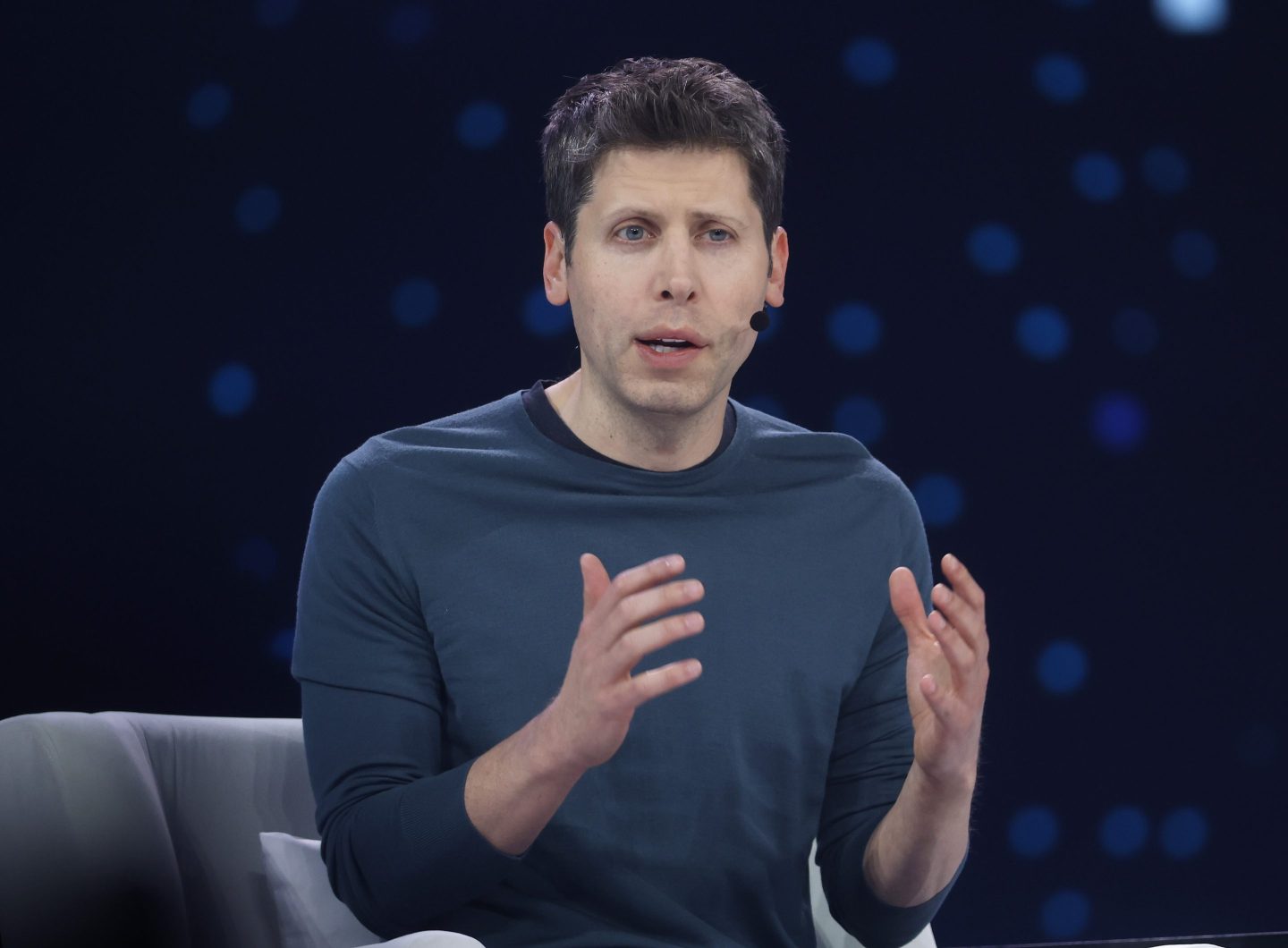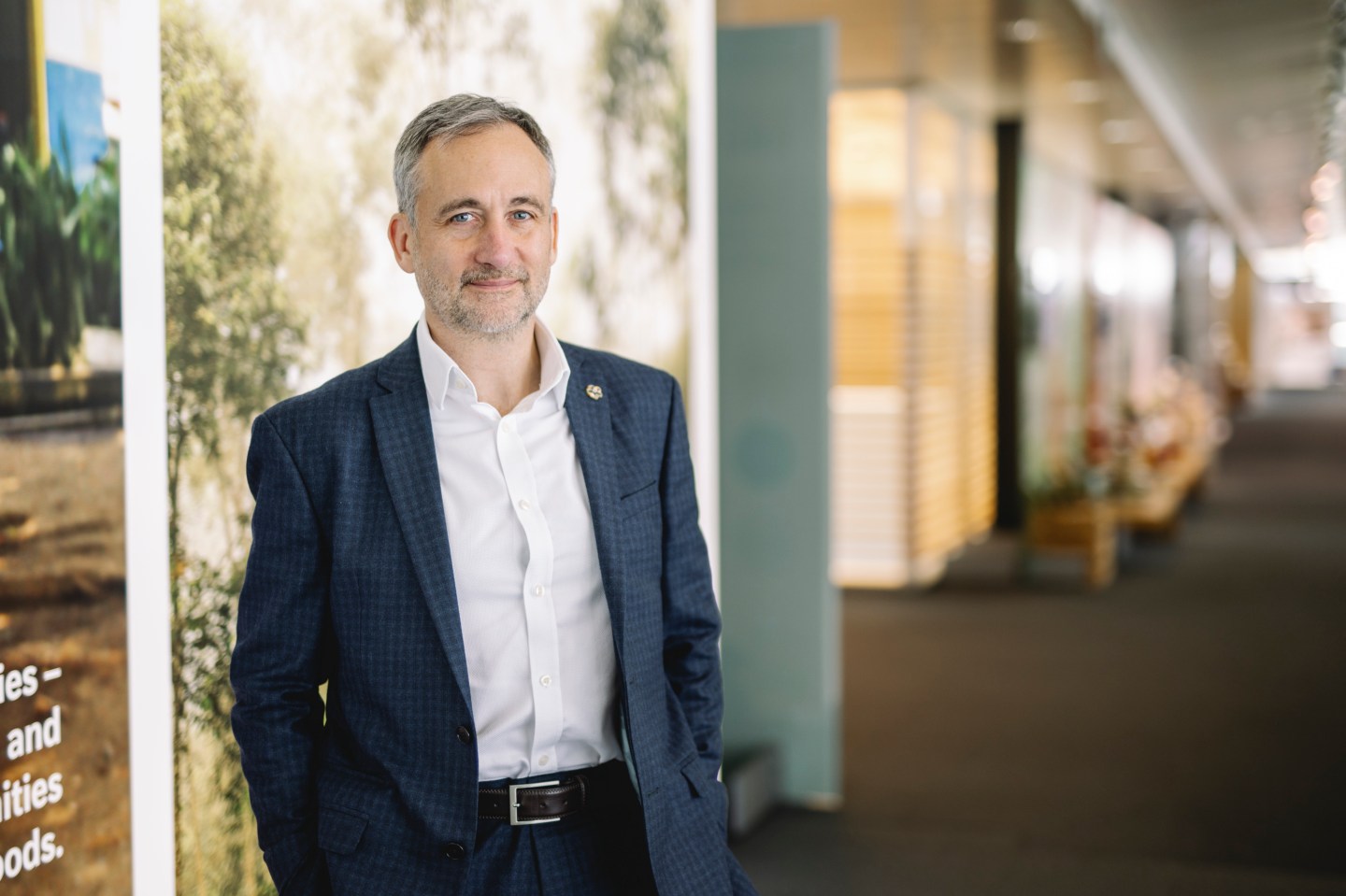A painting called “Edmond de Belamy, from La Famille de Belamy” sold for $432,500 including fees yesterday at Christie’s to an anonymous phone bidder. It was more than 40 times the initial sale estimate of $7,000 to $10,000, the New York Times reports. It was also not created by a human but by an algorithm.
The work from the French art collective Obvious was made using a machine-learning algorithm that scanned historical artwork to create composites. The goal of the three 25-year-olds is to “explain and democratize” AI through art. Their first collection of 11 classical portraits depicts a fake French royal family and is signed with part of the algorithm: “min G max D x [log (D(x))] + z [log(1 – D (G(z)))].”
But on Twitter, the man who created the algorithm used by the art collective had some questions. “Am I crazy for thinking that they really just used my network and are selling the results?” recent high-school graduate Robbie Barrat asked.
Here's the code to the network they copied. If any of you guys want to make a quick $10,000 from my work, now is the perfect time. https://t.co/V7iCHvL1Dt
— Robbie Barrat (@videodrome) October 25, 2018
Barrat had shared his algorithms online with an open source license, The Verge reports. That kind of collaborative spirit is standard in the world of code. A member of Obvious reached out to Barrat on Github for advice on getting his models working. Obvious replied on Twitter with a screencap of them asking Barrat for permission to use the code back in April.
i had no idea what you were doing with it – "democratized" sounds a lot like you were doing some open source project.
Conveniently cutting out the part where I ask you for credit a few weeks later after I see you posting the images for the first time for sale. pic.twitter.com/GbmoavWhkf
— Robbie Barrat (@videodrome) October 25, 2018
Tech lead Hugo Caselles-Dupré readily admitted to The Verge that Obvious borrowed elements from Barrat but he says they tweaked the code to produce art to their own liking. “If you’re just talking about the code, then there is not a big percentage that has been modified,” he said. “But if you talk about working on the computer, making it work, there is a lot of effort there.”
Because he released his code as open source, it’s unlikely that Barrat has a legal claim to make for the auction proceeds. “You could argue that probably 90% of the actual ‘work’ was done by [Barrat],” Mario Klingemann, a German artist who has worked with neural networks, told The Verge. “I wonder why they missed the opportunity to declare their work as an AI-readymade and bring us the first digital Duchamp.”
The discussions on Twitter regarding originality, copyright and algorithms are still ongoing:
Robbie Barrat could have sold his work, but he didn't. Someone else did.
Any toilet maker could have submitted a urinal to the exhibition, but they didn't.
I often have a nice idea, but only when I put in the work & get the scientific paper past peer review does it count.
— Victor Venema (@VariabilityBlog) October 25, 2018
In a press release Obvious distributed at the beginning of the year, their motto was “creativity isn’t only for humans.” In a statement after the auction yesterday, Obvious wrote: “We would like to thank the AI community, especially to those who have been pioneering the use of this new technology, including Ian Goodfellow, the creator of the GAN algorithm. And artist Robbie Barrat, who has been a great influence for us.”











